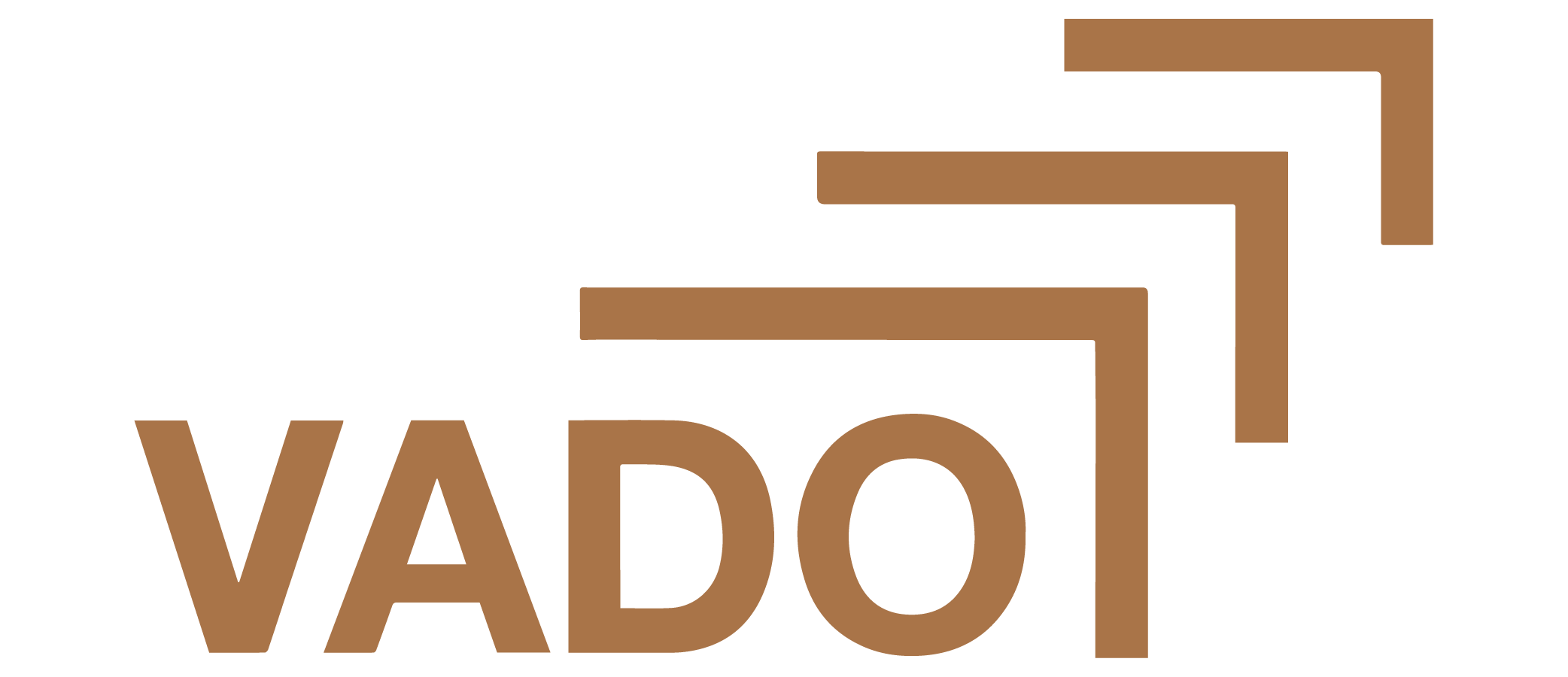The capital stack represents the hierarchy of funding sources for a project or business, ranging from senior debt, which carries lower risk and offers lower interest rates, to equity, which is riskier and yields higher returns.
In real estate lending, the capital stack typically includes senior (first) mortgages, junior (second) mortgages, and equity investments, each with distinct risk profiles and repayment priorities. It illustrates the priority of claims on a borrower’s assets and cash flows in the event of repayment or default. Each layer in the capital stack comes with a different level of risk and corresponding return, and the order of repayment is crucial to understanding the risk exposure for lenders and investors.
Senior debt (known as first mortgages in real estate lending) are more secure and carry lower risk. The benefits to borrowers are lower interest rates. Junior debt (known as second mortgages) and equity investments come with higher rates because they are considered higher risk.
At its core, credit (public or private) operates on a simple principle: a lender or investment manager pools capital from investors and lends it to businesses. These loans generate returns through interest payments made by borrowers.
The interest rate charged on these loans is determined by the lender or investment manager based on a variety of factors, including the borrower’s creditworthiness, the loan’s purpose, level of gearing, exit strategy and prevailing market conditions. It’s a balancing act between offering competitive rates to attract sound borrowers, whilst also generating satisfactory returns for investors.
The capital stack and its significance
The capital stack represents the hierarchy of funding sources for a project or business. Pertinent to the capital stack is the waterfall, which outlines the loan repayment priority to different investors in the event of a default.
In property-backed lending, the capital stack typically comprises four key levels:
1. Senior or first mortgage: Occupying the top of the stack, a first mortgage is a first ranking charge over a real estate to secure monies loaned. This primary lien (secured against the real estate assets) takes precedence to all other mortgages and financial encumbrances on title. If the property is sold or if the borrower defaults, the first mortgage is paid in priority over any other mortgage or charge against the property. Given the superior security position, the interest rate charged on senior debt loans are lower.
For private credit, borrower rates for senior (first mortgage) loans gravitate between 9% – 10% per annum.
2. Junior or second mortgage: Subordinated to senior debt, junior debt carries higher risk. Second mortgages are required when a borrower is unable to procure additional funding from the senior debt lender.. Due to the increased risk, these types of loans command a higher interest rate.
Borrower rates for junior (second mortgage) loans are typically between 13% – 18% per annum.
3. Preferred Equity: Subordinated to debt (senior and junior) but ranks in priority over traditional equity. Preferred equity is generally unsecured and offer higher returns when compared to secured debt positions in the capital stack.
Borrower rates for preferred equity is generally north of 18% per annum.
4. Equity: Occupying the bottom of the capital stack, equity represents ownership in the project or business. Equity holders have little immunity and are last to be repaid should a default occur.
For assistance
To find out more about investing with Vado Private, please register your interest by clicking the button below, and we will be in touch.
Reach Out
Please contact the Investor Relations Team at Vado Private to discuss investing with us:

Mark Zukerman
Director Funds Management
0423-820-835
mark@vadoprivate.com.au


